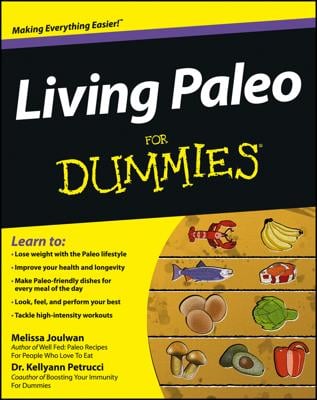Fresh fruits and vegetables are an integral part of everyday eating in Mexico. Fruits — beautifully sliced and seasoned — are sold on the Mexican street as snacks. And vegetables, besides being used in Mexican sauces, stews, and garnishes, are also eaten as snacks throughout the day. Here are some Mexican-food fruit and vegetable essentials:
Avocado: Pebbly-skinned greenish brown Hass have a rich, nutty flesh that strikes the perfect balance with fiery Mexican foods. The leaner, smooth-skinned Fuerte has more-watery flesh and a bigger seed than the Hass.
Banana leaves: In addition to keeping foods moist, these fragrant green leaves impart a delicious fruity flavor of their own.
Cactus paddles: The type of cactus most often eaten in Mexico is the prickly pear, the one traditionally pictured in movies about the Old West.
Chayote: This pale green, pear-shaped squash was one of the principal foods of the Aztec and Mayan people of Central America. Also known as the mirliton in Louisiana, the chayote mixes the mild taste of zucchini with the firmer texture of a kohlrabi.
Corn husks: Dried corn husks are the traditional wrapper for tamales, but you can use them to wrap other foods for steaming or grilling.
Jícama: This plain, round, brown-skinned root yields crisp, white flesh that’s terrific for adding sparkle to salads and raw vegetable platters.
Lime: Mexican cooks use the yellow-skinned key lime, or limón as it’s called there, and the taste is sweeter than the limes typically eaten elsewhere.
Plantains: These large, thick, cooking bananas are classified as a fruit, but plantains are used more like a starchy root vegetable such as a yam by cooks in Mexico’s Yucatán peninsula.
Tomatillos: These small, pale green fruits are the key to most green salsas. Though they resemble green tomatoes when out of the husk, tomatillos are acidic, pale-green members of the Cape Gooseberry family, and bear no relation to tomatoes.

